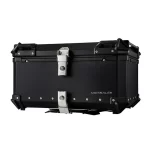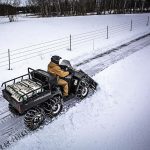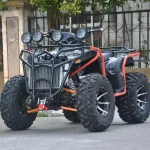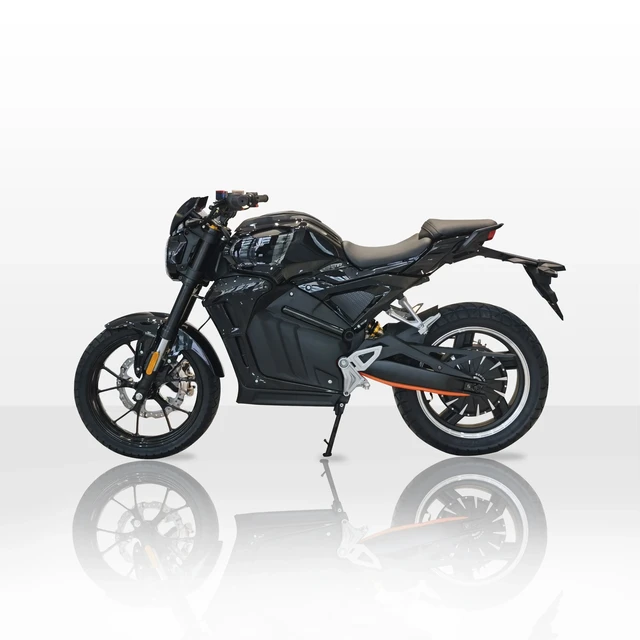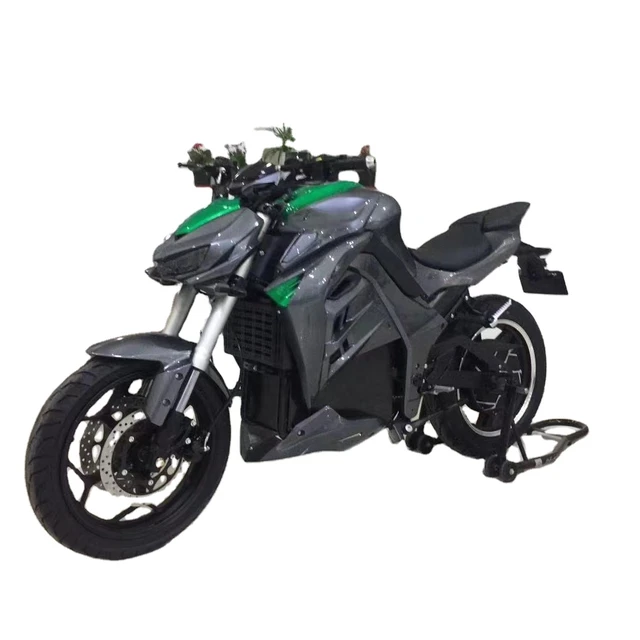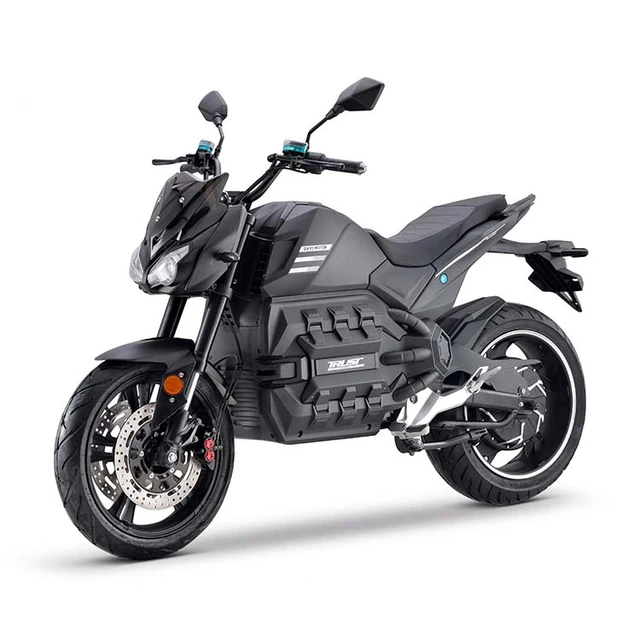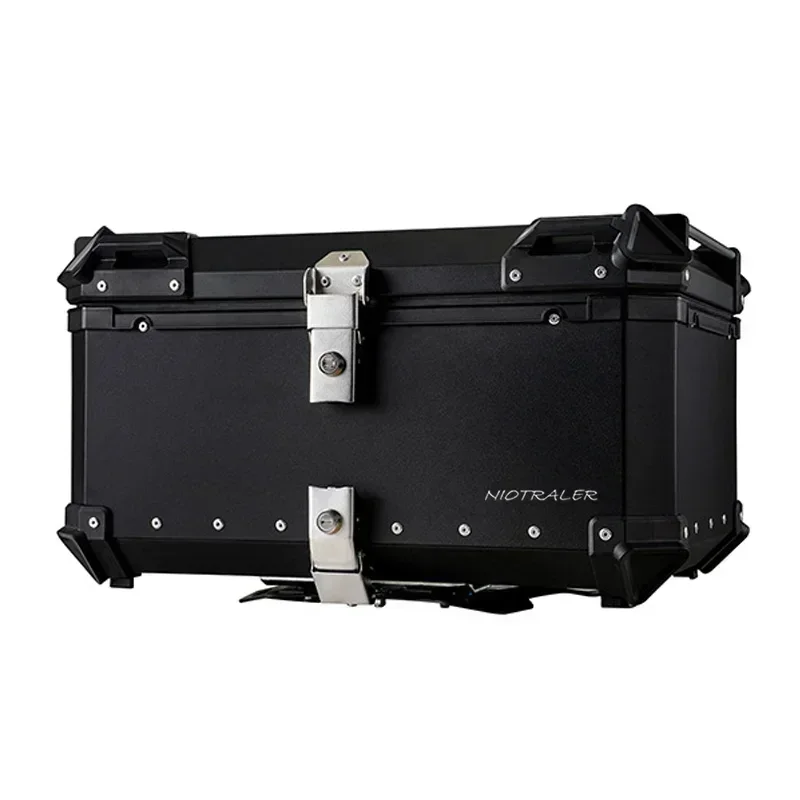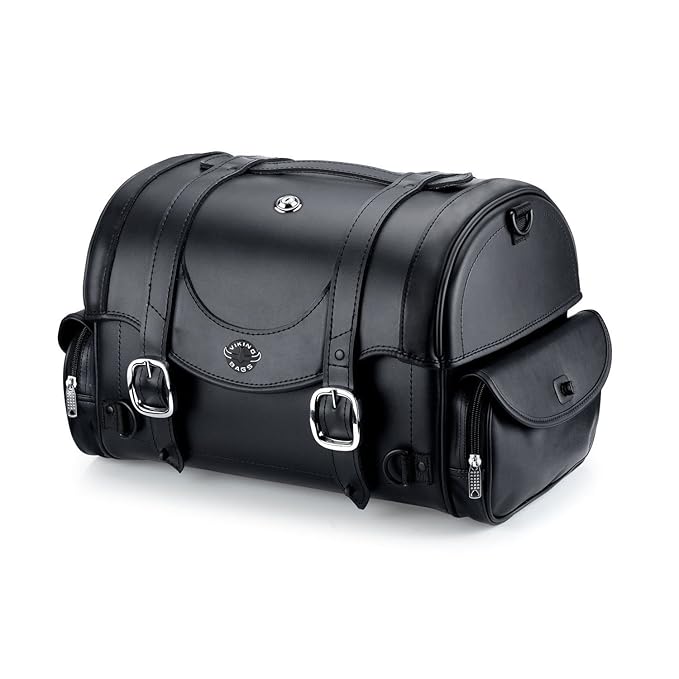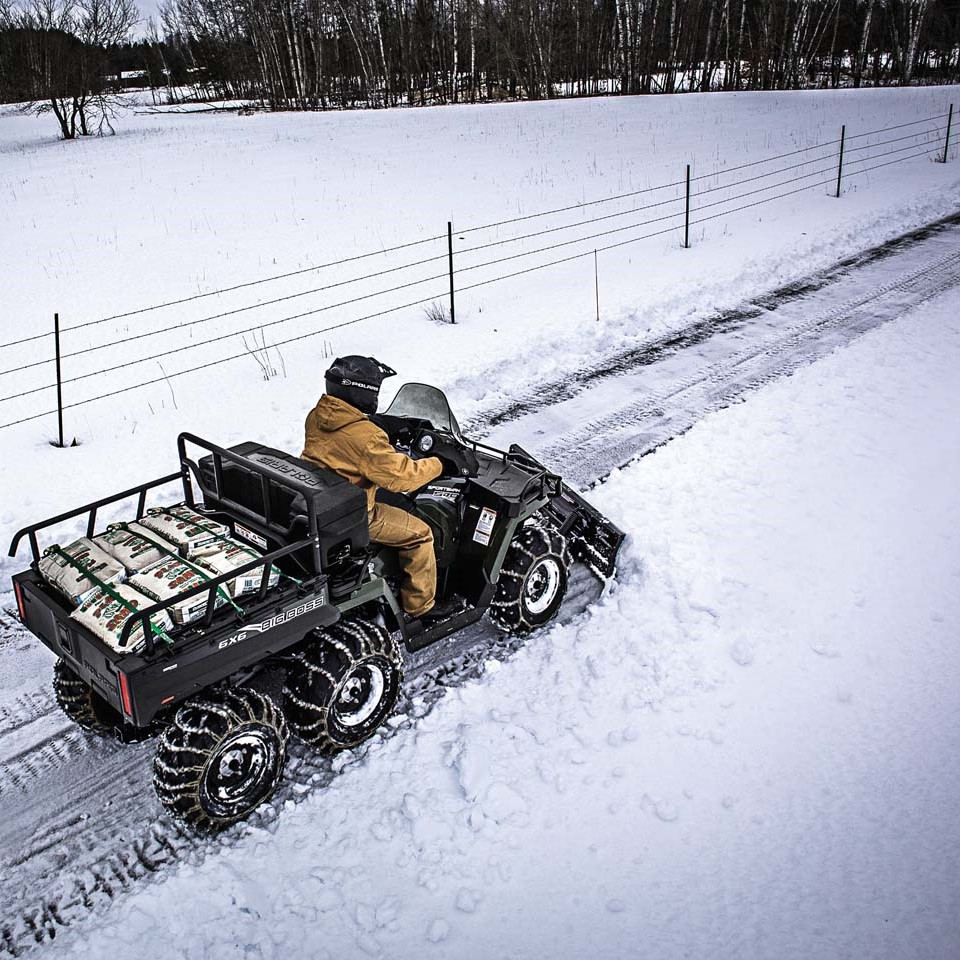Have you ever wondered just how fast a motorcycle can go? While many bikes are designed for speed, there’s a select group that pushes the limits to the extreme. Achieving the fastest land speed record for a motorcycle involves cutting-edge engineering, incredible dedication, and a dash of bravery. This article will take you on an exhilarating journey through the world of high-speed motorcycles, their technological advancements, and the individuals who dare to challenge the boundaries. Ready to feel the rush? Let’s dive into the specifics!
The Current Record Holder
Transitioning to the current record holder, the title of the fastest land speed record for a motorcycle is held by the Top 1 Oil Ack Attack. Piloted by Rocky Robinson, this streamlined marvel achieved a jaw-dropping speed of 376.363 mph (605.697 km/h) in 2010 at the Bonneville Salt Flats in Utah. This record was officially recognized by the Federation Internationale de Motocyclisme (FIM), the global governing body for motorcycle racing.
The Ack Attack is a custom-built twin-engine streamliner motorcycle, designed specifically to break speed records. Constructed with a strong yet lightweight aluminum chassis, it maximizes aerodynamics and minimizes drag. The engineering behind this incredible machine represents the pinnacle of motorcycle speed technology, making it the undisputed champion in its category.
Engineering Marvels in Design
The design of a land speed record motorcycle is a fascinating subject, merging the fields of aerodynamics, material science, and mechanical engineering. One of the keys to achieving high speeds lies in reducing aerodynamic drag. The streamlined shape of record-breaking motorcycles like the Ack Attack minimizes resistance, allowing the bike to cut through the air more efficiently.
Materials used in construction also play a crucial role. Lightweight yet strong materials like carbon fiber, titanium, and high-grade aluminum help to reduce the overall weight while maintaining structural integrity. In addition, these bikes often feature custom-built engines with unparalleled horsepower and torque. By integrating advanced engineering techniques, designers and builders push the boundaries of what’s possible in motorcycle speed.
The Role of the Bonneville Salt Flats
Transitioning into the role of the Bonneville Salt Flats, this unique location has been a key backdrop for numerous land speed records. Situated in northwestern Utah, the vast, flat expanse of salt provides an ideal setting for high-speed trials due to its smooth, hard surface. The Bonneville Salt Flats have become synonymous with speed records, offering a near-perfect environment for testing the limits of human ingenuity and machine capability.
For motorcycle enthusiasts and record chasers, Bonneville is considered hallowed ground. The conditions at Bonneville allow for minimal tire friction and optimal speed performance, making it a premier location for record-breaking attempts. The historical significance and unique environment of the Bonneville Salt Flats continue to inspire and challenge speed enthusiasts from around the world.
Pioneers and Legends
The history of the fastest land speed record for a motorcycle is rich with daring pioneers and legendary figures. Names like Burt Munro, who famously set records on his Indian Scout, and Rollie Free, known for his iconic speed run attire, have carved their initials in the annals of speed history. These individuals brought relentless passion, innovation, and courage to the forefront, paving the way for future record breakers.
Their contributions go beyond mere speed; they represent the spirit of exploration and the relentless pursuit of excellence. Through their groundbreaking achievements, they have inspired generations of motorcycle enthusiasts to push the limits and explore new horizons. The legends of the past continue to fuel the ambitions of those seeking to set new records.
Challenges and Risks
Achieving the fastest land speed record for a motorcycle is not without its challenges and risks. High-speed runs at these extreme levels come with inherent dangers, including mechanical failures, stability issues, and the potential for catastrophic crashes. The riders who pilot these machines must possess exceptional skill, quick reflexes, and unwavering courage.
Moreover, the mechanical and technical challenges of building a record-breaking motorcycle are immense. Each component must be meticulously engineered to withstand the extreme forces exerted during a high-speed run. The development process involves rigorous testing, fine-tuning, and a deep understanding of aerodynamics, materials, and engine performance. Navigating these complexities requires a multidisciplinary approach and a commitment to excellence.
Technological Innovations
Technological innovations play a pivotal role in achieving and surpassing land speed records for motorcycles. Advances in engine design, fuel technology, and computer-aided aerodynamics have significantly contributed to the capabilities of modern record-breaking bikes. For example, the use of turbocharging and supercharging has enabled engines to produce unprecedented power levels.
Furthermore, modern electronics and telemetry systems allow for real-time monitoring and fine-tuning of the bike’s performance. These systems provide invaluable data that can be used to optimize engine parameters, aerodynamic efficiency, and overall stability. By leveraging cutting-edge technology, engineers and designers continue to push the boundaries of what’s possible in motorcycle speed.
The Future of Motorcycle Speed Records
Looking to the future, the quest for the fastest land speed record for a motorcycle shows no signs of slowing down. Advances in electric propulsion, alternative fuels, and materials science hold the promise of even greater achievements. Electric motorcycles, in particular, offer the potential for high-speed runs without the limitations of traditional combustion engines, opening new avenues for innovation.
Innovation continues to thrive as teams and individuals work tirelessly to develop the next generation of record-breaking motorcycles. Whether through incremental improvements or groundbreaking new designs, the pursuit of speed remains a dynamic and evolving field. The future holds exciting possibilities, and the world eagerly anticipates the next milestone in motorcycle speed history.
Sponsorship and Collaboration
Behind every successful record attempt is a network of sponsors and collaborators who provide essential support. Achieving the fastest land speed record for a motorcycle requires significant financial investment, technical expertise, and logistical coordination. Sponsors play a crucial role by funding research, development, and testing efforts.
In addition to financial support, collaborations with experts in engineering, aerodynamics, and materials science are vital. These partnerships enable the exchange of knowledge and skills, fostering innovation and progress. The collaborative spirit among sponsors, engineers, and riders is a driving force behind the remarkable achievements in the world of motorcycle speed records.
Inspiring the Next Generation
The pursuit of the fastest land speed record for a motorcycle continues to inspire the next generation of engineers, designers, and riders. Educational programs, workshops, and competitions centered around speed engineering foster a sense of curiosity and ambition among young enthusiasts. By engaging with the science and technology behind record-breaking motorcycles, the next generation is poised to drive future advancements in the field.
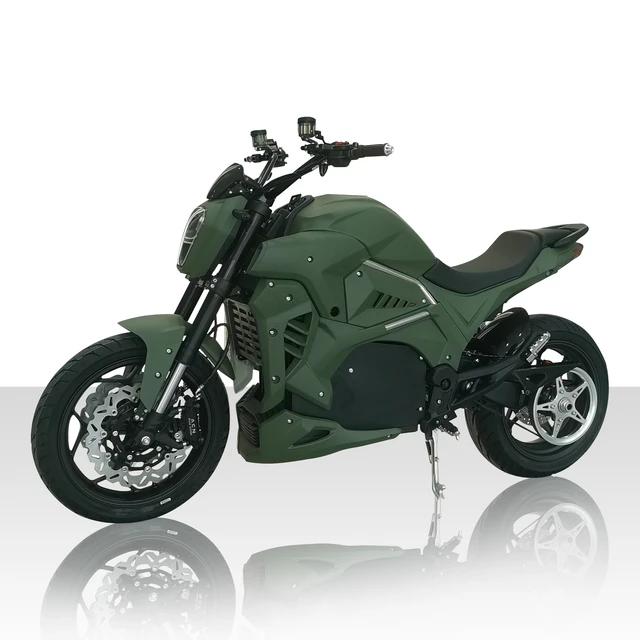 Community and Culture
Community and Culture
The culture and community surrounding motorcycle speed records are vibrant and passionate. Enthusiasts from around the world come together at events like Speed Week at the Bonneville Salt Flats to celebrate their shared love for speed and innovation. This sense of community fosters camaraderie, collaboration, and the exchange of ideas.
The rich culture encompasses not only the technical aspects but also the human stories of perseverance, creativity, and triumph. It is a culture that values both tradition and innovation, honoring the legacy of past pioneers while eagerly anticipating future achievements. This community spirit is a vital component of the ongoing pursuit of motorcycle speed records.
Environmental Considerations
As the field of motorcycle speed records evolves, environmental considerations are becoming increasingly important. Advances in electric propulsion and alternative fuels offer the potential to achieve high speeds while minimizing environmental impact. Sustainable engineering practices and eco-friendly technologies are gaining traction within the community.
Final Reflections
The journey to achieving the fastest land speed record for a motorcycle is a compelling saga of human ingenuity, technological innovation, and unyielding determination. From the meticulously engineered marvels of design to the fearless riders who pilot them, every element plays a critical role in this high-stakes endeavor. The history, challenges, and future possibilities of motorcycle speed records are intricately intertwined, creating a rich and dynamic narrative.
By understanding the complexities and celebrating the achievements, we gain a deeper appreciation for the relentless pursuit of excellence that defines this field. As technology advances and new horizons emerge, the quest for speed remains a captivating and inspiring pursuit, reflecting the enduring human spirit of exploration and innovation.

